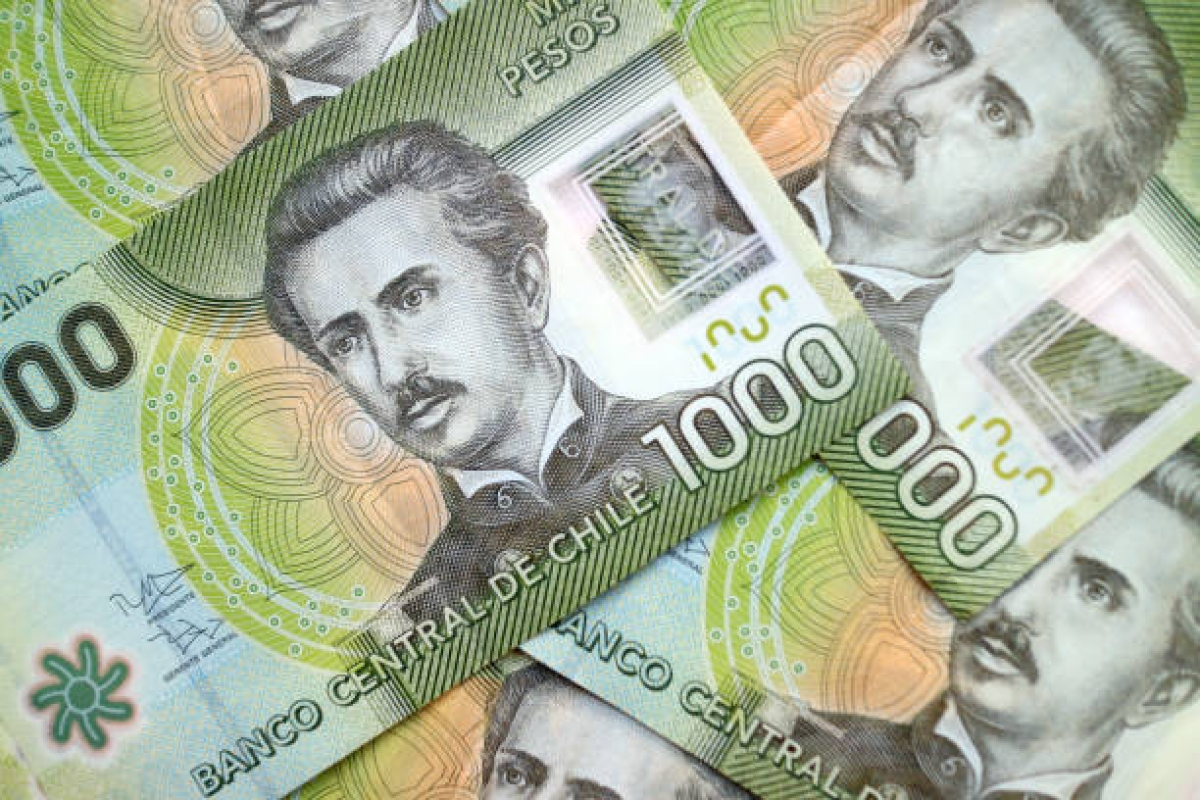While global currency volatility declines, the Chilean peso remains an outlier in Latin America, defying the region’s trend toward stability.
Investor concerns about potential constitutional changes in 2021 and 2022 have kept the peso’s volatility unusually high.
The central bank’s aggressive interest rate cuts, amounting to 4 percentage points within eight months, have fueled this instability.
The rate cut sizes have varied, contributing to the peso’s position as the year’s lowest-performing major currency.
Álvaro Vivanco of Natwest Markets notes this as a remnant of emerging market currency volatility, contrasting with Brazil’s more predictable policy.

The Chilean central bank’s fluctuating rate decisions starkly differ from Brazil’s steady 50 basis point cuts across consecutive meetings.
Brendan McKenna of Wells Fargo believes a consistent rate-cut strategy, like Brazil’s, could have stabilized the peso.
Despite Governor Rosanna Costa’s suggestions for continued rate cuts, the peso dipped against the dollar, reflecting market sensitivity to policy signals.
Traders are wary, anticipating continued global economic calm and showing reluctance to hedge against potential market shifts.
Chile’s monetary policy outlook remains uncertain, with external pressures and the peso’s recent performance influencing the central bank’s easing pace.
The peso’s one-month implied volatility stands at around 13%, reflecting a notable but lesser drop compared to other regional currencies.
Experts like Bruno Finatti from Wealth High Governance and Thierry Wizman from Macquarie Futures suggest that recognizing Chile’s solid fundamentals and a softer stance from the central bank could decrease volatility.
This adjustment would realign the Chilean peso with the broader trend of stability in Latin American currencies.

